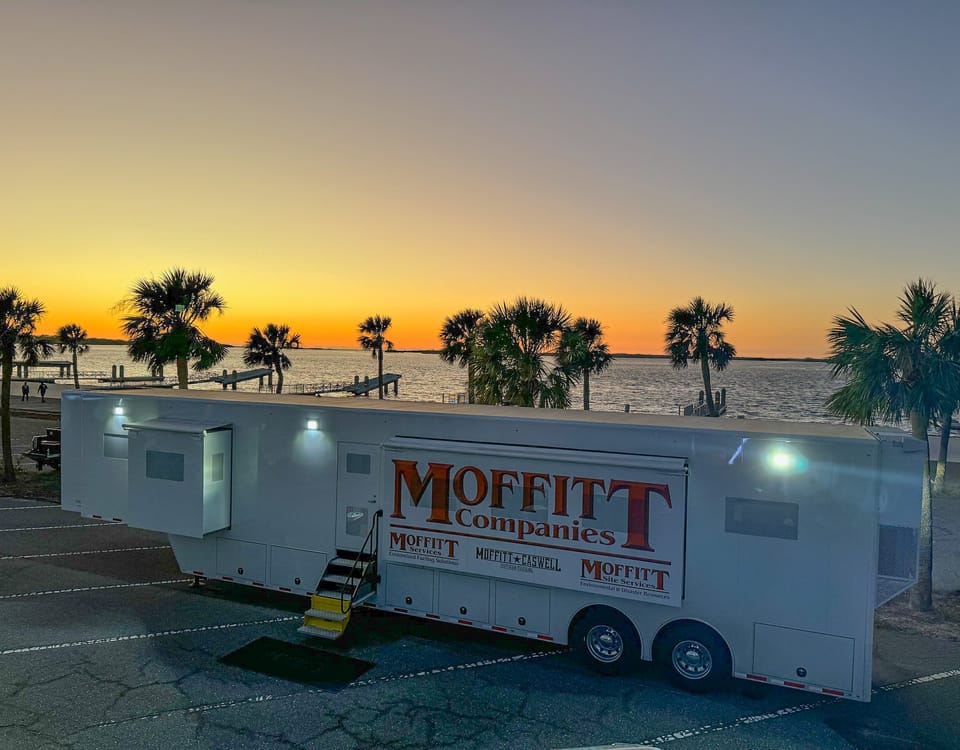
We’ve all seen the ticker while watching the news, or heard the announcement on the radio. “Severe storm warning in effect.” “Tornado watch for the following counties…” “Tornado warning issued.” But do you know what these titles mean? Keep reading below as we dive into the differences of tornado watch vs warning!
How Do Tornadoes Occur?
Almost everyone knows what a tornado looks like. To understand the difference between a watch and a warning, however, it is helpful to understand how a tornado forms. The short answer is this: During a storm, as winds are gusting in a variety of directions, warm air rises as cool air falls. If there are enough of these rising and falling winds, spinning occurs. The spinning near the ground is the fastest, narrowing the funnel, while the spinning higher up is slower. This gives the tornado the distinct funnel shape. In most storms, the rising, falling, and spinning don’t happen fast enough to create a tornado. When they do though, these terrifying storms can wreak considerable destruction! There are distinct criteria for a tornado watch vs warning, and specific steps to take for either.
A Tornado Watch
Let’s not overcomplicate it. A tornado watch means the conditions are present for a tornado to occur. So, knowing what we now know about how tornadoes occur, a watch means to stay vigilant because there is a possibility of the tornado occurring. There is a powerful enough storm occurring, there are enough hot and cold air gusts, and a tornado could develop. A tornado watch is generally larger than a warning as well, covering multiple counties, or a chunk of the state.
If a tornado watch is declared in your area, be ready! Hopefully you have established an emergency course of action long before you find yourself in such a situation. Having an emergency plan, with supplies stored in a safe, easily accessible location can provide peace of mind in the event of a severe weather event. If you are responsible for a business, hopefully you already have a standing deal and plan with a reputable emergency fuel service. When these things are in place, you don’t have to scramble at the last minute to make preparations.
A Tornado Warning
A warning, then, is more severe than a watch. If a tornado warning has been issued, generally a tornado has been sighted or indicated by weather radar. The time for emergency planning is passed at this point!
If you had a plan in place, now is the time to execute it. If not, move to an interior portion of your house, on the lowest floor possible. Avoid being near windows, and try to position yourself near sturdy walls. If you are not in a sturdy building, such as a house or a business building, get yourself to any form of shelter which can protect you from flying debris. Remember, unlike the watch, a warning is a much more confined area. Tornadoes don’t last forever and can’t travel indefinitely.
Even if you aren’t hit with a tornado, strong winds and storms can cause power outages. That means you’ll need to have a good generator in place and ready just in case. If you need generator repair or fuel, Moffitt Services provides steady supply of fuel during storms and other power outages. It is our job to ensure that your fuel supply is constantly maintained in order to reduce or eliminate water, waxes, naturally-occurring gums, algae, and other contaminants, which account for more than 70 percent of all generator failures. We do this by sampling, analyzing, filtering, and treating your fuel supply on a regular basis. We also top-off your fuel supply on a quarterly basis.
If you own a business and don’t have an emergency plan in place, now is the time! Contact Moffitt Services today. Our available emergency services will give you the peace of mind you need to successfully weather the worst storms.




